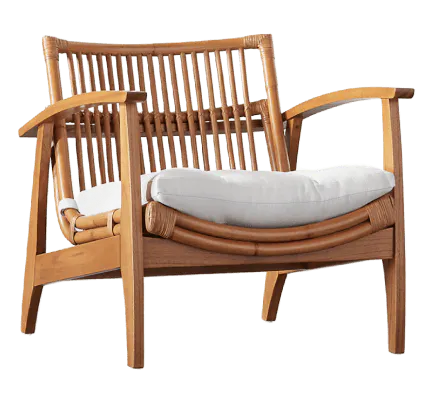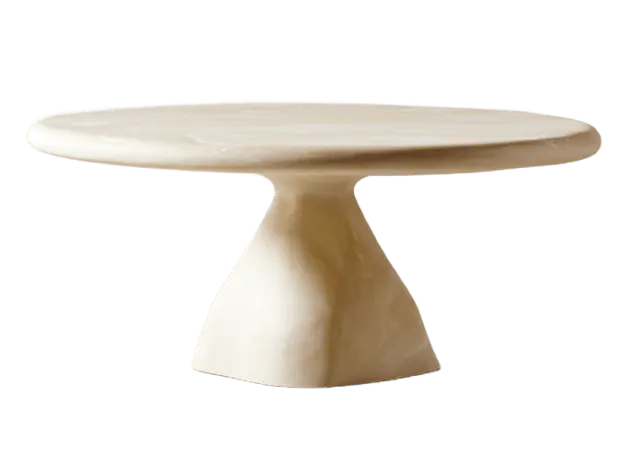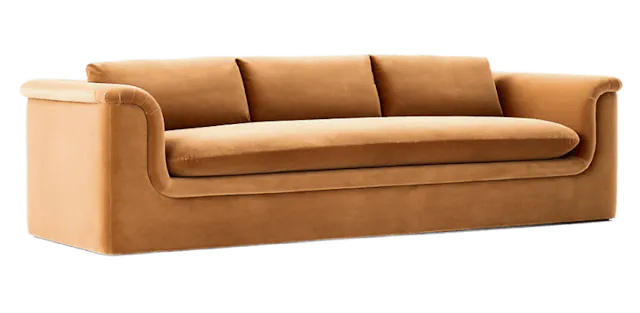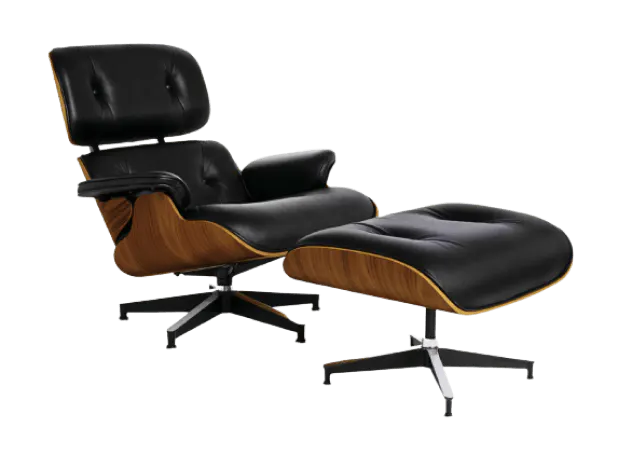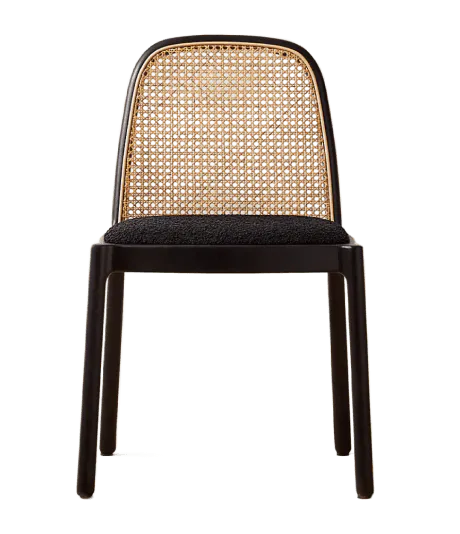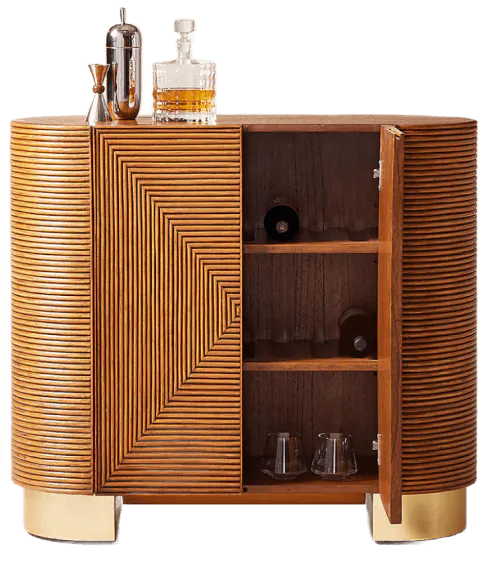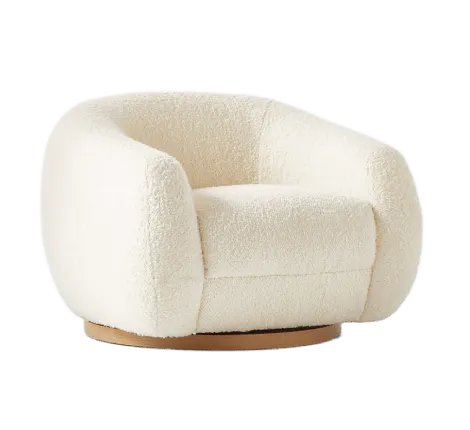Natural Wood Dresser
Things to consider
The quality of the wood is important. Solid wood is often more durable than engineered wood. Look for woods like oak, maple, or cherry.
Check the dresser's finish. A good finish protects the wood and enhances its look. Make sure it is smooth and consistent.
Size and dimensions matter. Measure the space where the dresser will go to ensure it fits well and meets your storage needs.
The style of the dresser should match your room's decor. Whether modern or traditional, it should blend with your furniture.
Look at the drawer construction. Drawers should slide smoothly and have strong joints like dovetails for durability.
Consider the price and budget. Compare prices to find a dresser that offers good value for its quality and features.
Read customer reviews to learn about other buyers' experiences. This can provide insight into the dresser's performance and durability.
Good to know
How can you tell if a dresser is made from real wood?
To determine if a dresser is made from real wood, inspect the grain patterns and texture; real wood will have unique, non-repeating patterns. Additionally, check the weight, as real wood dressers tend to be heavier than those made from composite materials. Look for any exposed edges or unfinished areas, which should show wood grain rather than a laminated or particleboard core. Investing in a solid wood dresser is generally a wise decision due to its durability and timeless appeal. Solid wood furniture tends to retain its value over time and can even appreciate, especially if it's well-maintained. Moreover, it offers a classic aesthetic that can complement various interior styles, making it a versatile choice for long-term use. To identify a quality dresser, examine the construction and joinery; dovetail joints are a sign of good craftsmanship. Check the drawers to ensure they slide smoothly and are stable when extended fully. High-quality dressers will often have solid wood backs and drawer bottoms, not just fronts. Pay attention to the finish, which should be smooth and even, as well as the overall sturdiness and balance of the piece. Solid wood is often considered the best material for making a dresser due to its strength, durability, and natural beauty. It can withstand the rigors of daily use and offers a unique, rich character that composite materials cannot replicate. Solid wood also allows for easier refinishing and repairs, extending the lifespan of the dresser. Choosing a natural wood dresser has numerous benefits, including its eco-friendliness, as it is often sourced from sustainable forests. It adds warmth and character to any room with its unique grain patterns and rich textures. Natural wood is also more durable and resilient compared to synthetic alternatives, ensuring long-lasting performance and the ability to withstand wear and tear over time.
Is buying a solid wood dresser a good investment?
How can someone identify a quality dresser?
What is considered the best material for making a dresser?
What are the benefits of choosing a natural wood dresser?
How can you tell if a dresser is made from real wood?
To determine if a dresser is made from real wood, inspect the grain patterns and texture; real wood will have unique, non-repeating patterns. Additionally, check the weight, as real wood dressers tend to be heavier than those made from composite materials. Look for any exposed edges or unfinished areas, which should show wood grain rather than a laminated or particleboard core. Investing in a solid wood dresser is generally a wise decision due to its durability and timeless appeal. Solid wood furniture tends to retain its value over time and can even appreciate, especially if it's well-maintained. Moreover, it offers a classic aesthetic that can complement various interior styles, making it a versatile choice for long-term use. To identify a quality dresser, examine the construction and joinery; dovetail joints are a sign of good craftsmanship. Check the drawers to ensure they slide smoothly and are stable when extended fully. High-quality dressers will often have solid wood backs and drawer bottoms, not just fronts. Pay attention to the finish, which should be smooth and even, as well as the overall sturdiness and balance of the piece. Solid wood is often considered the best material for making a dresser due to its strength, durability, and natural beauty. It can withstand the rigors of daily use and offers a unique, rich character that composite materials cannot replicate. Solid wood also allows for easier refinishing and repairs, extending the lifespan of the dresser. Choosing a natural wood dresser has numerous benefits, including its eco-friendliness, as it is often sourced from sustainable forests. It adds warmth and character to any room with its unique grain patterns and rich textures. Natural wood is also more durable and resilient compared to synthetic alternatives, ensuring long-lasting performance and the ability to withstand wear and tear over time.
Is buying a solid wood dresser a good investment?
How can someone identify a quality dresser?
What is considered the best material for making a dresser?
What are the benefits of choosing a natural wood dresser?
How can you tell if a dresser is made from real wood?
To determine if a dresser is made from real wood, inspect the grain patterns and texture; real wood will have unique, non-repeating patterns. Additionally, check the weight, as real wood dressers tend to be heavier than those made from composite materials. Look for any exposed edges or unfinished areas, which should show wood grain rather than a laminated or particleboard core. Investing in a solid wood dresser is generally a wise decision due to its durability and timeless appeal. Solid wood furniture tends to retain its value over time and can even appreciate, especially if it's well-maintained. Moreover, it offers a classic aesthetic that can complement various interior styles, making it a versatile choice for long-term use. To identify a quality dresser, examine the construction and joinery; dovetail joints are a sign of good craftsmanship. Check the drawers to ensure they slide smoothly and are stable when extended fully. High-quality dressers will often have solid wood backs and drawer bottoms, not just fronts. Pay attention to the finish, which should be smooth and even, as well as the overall sturdiness and balance of the piece. Solid wood is often considered the best material for making a dresser due to its strength, durability, and natural beauty. It can withstand the rigors of daily use and offers a unique, rich character that composite materials cannot replicate. Solid wood also allows for easier refinishing and repairs, extending the lifespan of the dresser. Choosing a natural wood dresser has numerous benefits, including its eco-friendliness, as it is often sourced from sustainable forests. It adds warmth and character to any room with its unique grain patterns and rich textures. Natural wood is also more durable and resilient compared to synthetic alternatives, ensuring long-lasting performance and the ability to withstand wear and tear over time.



